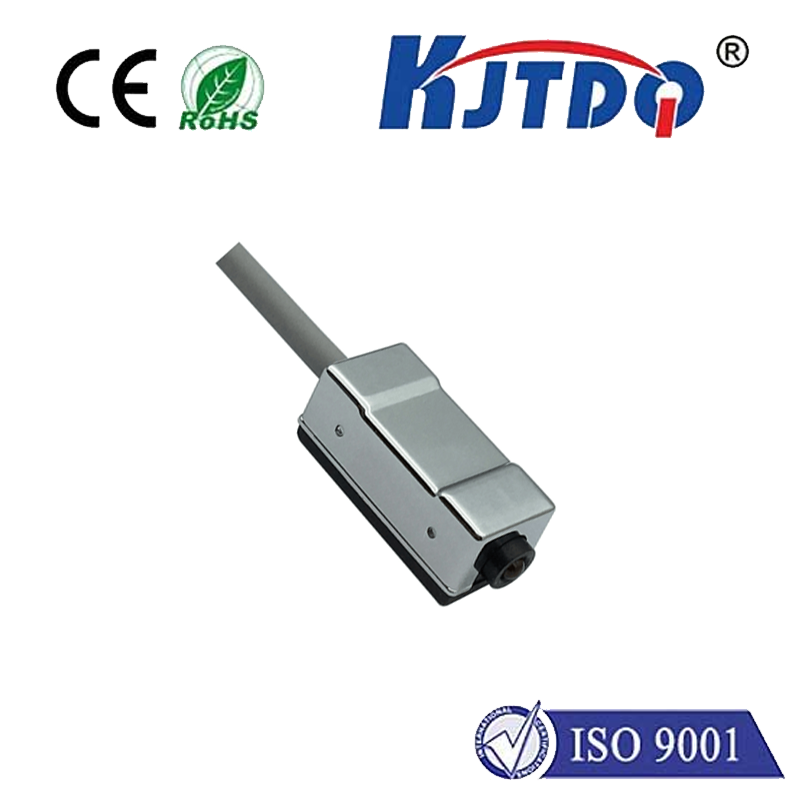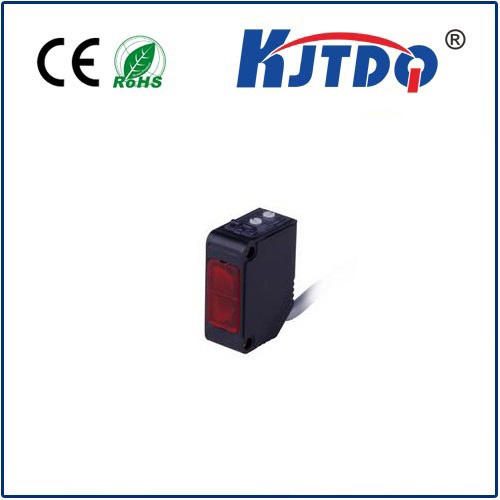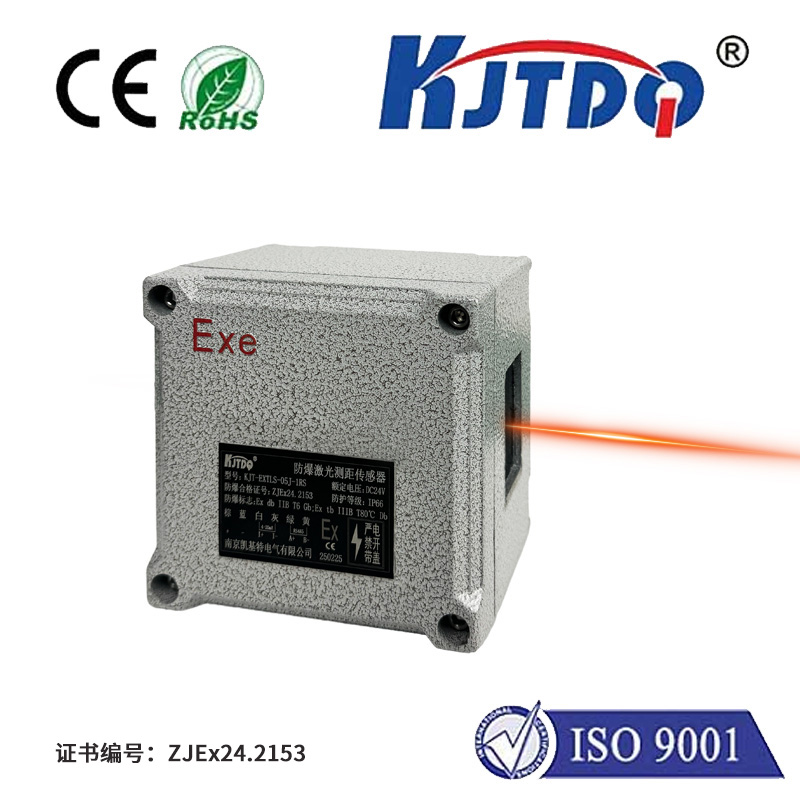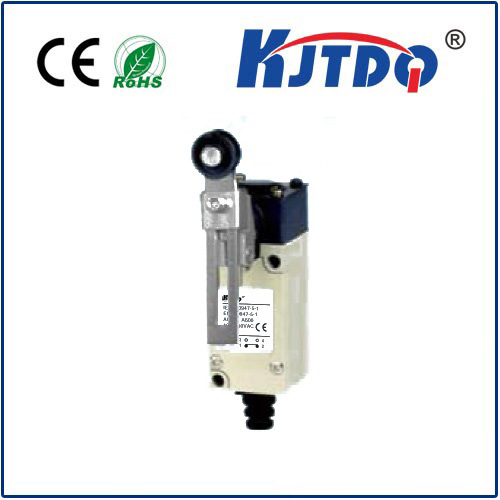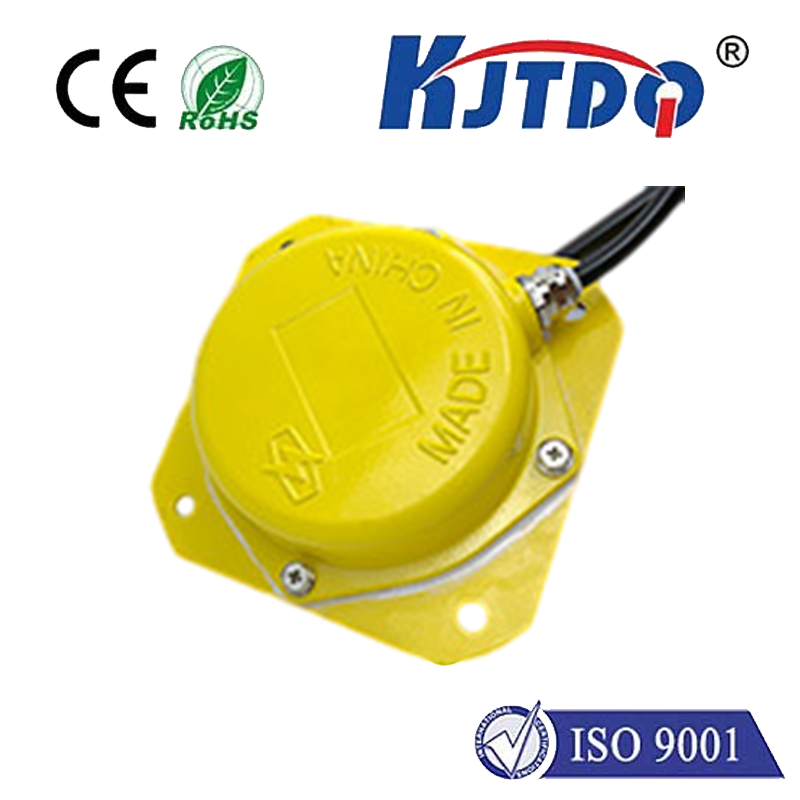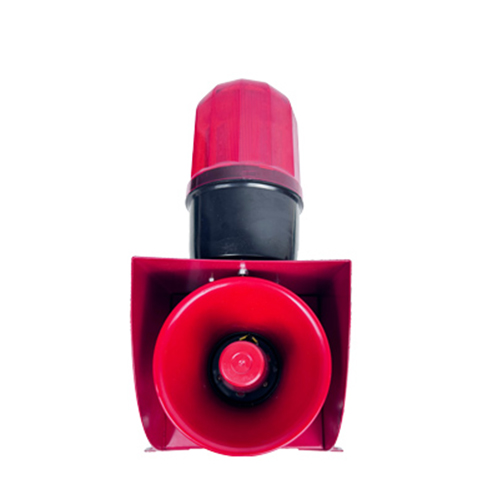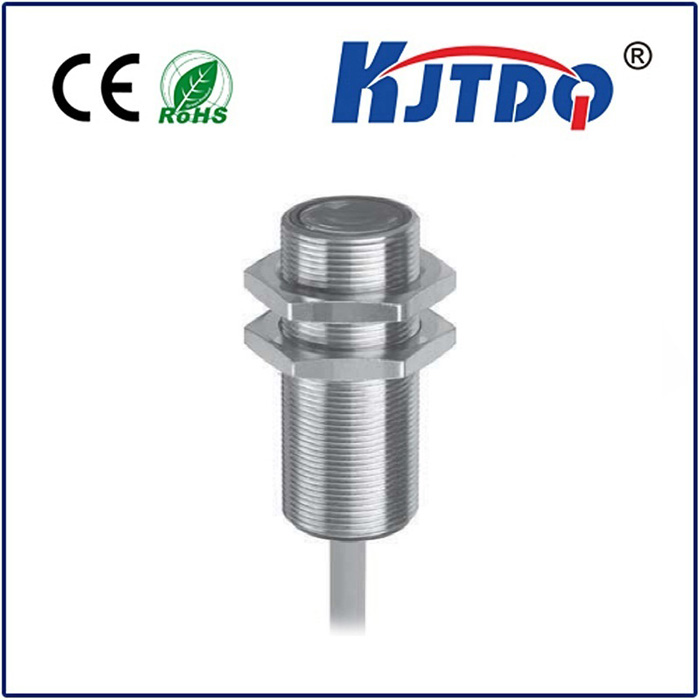E3FA-DN21 small photoelectric sensor
- time:2025-09-27 04:17:01
- Click:0
E3FA-DN21: The Mighty Compact Photoelectric Sensor Solving Big Detection Challenges
Imagine an intricate assembly line humming with activity. Robotic arms dart precisely, conveyor belts glide seamlessly, and components flow like a well-rehearsed symphony. Now, picture needing a reliable “eye” to detect tiny parts, verify positions within millimeters, or monitor a process in a space no larger than your thumb. This is precisely where truly compact photoelectric sensors like the Omron E3FA-DN21 become indispensable heroes. This miniature powerhouse packs sophisticated sensing technology into an incredibly small footprint, unlocking automation possibilities where traditional sensors simply cannot fit. For engineers battling space constraints without compromising on reliability, the E3FA-DN21 isn’t just an option; it’s often the critical solution.
Decoding the E3FA-DN21: Small Name, Big Capability
Let’s break down what this model signifies. Part of Omron’s renowned E3FA series, the designation “E3FA-DN21” specifies a particular configuration:
- E3FA: Indicates the series, known for compact, rectangular-shaped photoelectric sensors.
- DN: Signifies that this is a Diffuse-reflective Sensor. It houses both the light emitter (typically an LED) and receiver in a single unit. The sensor detects an object when the emitted light bounces off the target and returns to the receiver.
- 21: Denotes the specific housing size and output type – in this case, a very small rectangular housing often with a pre-wired cable or connector option.
The defining characteristic, emphasized right in the title, is its small size. This compact photoelectric sensor is engineered to excel in installations where real estate is at an absolute premium.
Why “Small” Makes a Massive Difference

The compact design of the E3FA-DN21 isn’t just a convenience; it’s a game-changer for numerous applications:
- Tight Spaces & Miniaturized Machinery: Modern machines are getting smaller and denser. Installing a standard-sized sensor might be impossible within intricate mechanisms, robotic grippers, compact packaging units, or medical devices. The E3FA-DN21 slides easily into these confined areas, enabling detection where it was previously impractical.
- Close-Distance Detection: Detecting small objects very close to the sensor requires a small housing to avoid physical interference. The E3FA-DN21’s design allows for reliable detection of minute components right near the sensing face.
- Minimal Disruption: In systems with limited clearance or sensitive paths, a bulky sensor can cause obstructions or impede movement. The low-profile nature of this compact sensor minimizes disruption to material flow or moving parts.
- Simplified Mounting: Its small size often translates to easier mounting. It can be secured with minimal hardware or even adhesive in some cases, saving valuable installation time and effort. Standard M3 mounting threads make integration straightforward.
- High-Density Applications: Production lines increasingly demand multiple sensors in a very small area. The E3FA-DN21 allows for closer sensor spacing, enabling more complex detection schemes without spatial conflicts.
Performance That Belies Its Size
Don’t let its diminutive stature fool you. The E3FA-DN21 delivers robust performance expected from the Omron brand:
- Diffuse-reflective Operation: Ideal for detecting a wide variety of objects without requiring a separate reflector unit. It simplifies setup and reduces cost.
- Visible Red or Infrared LED: Models often offer visible red light (easier for alignment) or infrared options (less susceptible to ambient light interference).
- Reliable Detection Range: While specific to the exact model variant, diffuse sensors like the DN21 typically offer practical sensing distances ranging from a few centimeters up to potentially several hundred millimeters, suitable for close-range precision tasks.
- Stable Operation: Designed with stability in mind, often featuring background suppression technology variants within the E3FA series, helping to ignore irrelevant distant objects or backgrounds.
- Environmental Resilience: Despite its size, it’s typically built to withstand common industrial challenges like mild vibration, dust, and interference from ambient light sources.
Where the E3FA-DN21 Truly Shines: Key Applications
This small photoelectric sensor finds its niche in countless scenarios demanding space efficiency and reliable object presence verification:
- Electronics Manufacturing: Detecting tiny chips, connectors, PCBs on feeders, or components in pick-and-place machines.
- Small Parts Assembly: Verifying the presence or passage of miniature gears, springs, screws, or medical device components.
- Packaging Machinery: Checking for small vials, blister packs, labels, or ensuring flaps are closed within compact packaging units.
- Robotics & Automation: Integrated into robotic grippers for part presence confirmation, tool detection, or verifying end-of-arm tooling position in confined workspaces.
- Conveyor Systems with Limited Clearance: Monitoring small items on narrow conveyors or detecting objects passing through very tight gaps or chutes.
- Lab Automation & Medical Devices: Where hygiene and compactness are paramount within diagnostic equipment or sample handling systems.
- Filling & Dispensing: Confirming the presence of small containers, caps, or nozzles before dispensing operations.
Critical Considerations for Selection and Use
While the E3FA-DN21 offers immense advantages, careful consideration ensures optimal performance:
- Target Properties: Diffuse sensors are influenced by the target’s size, color, and surface finish. Larger, lighter-colored, matte surfaces reflect light best. Small, dark, or shiny targets may require precise setup or potentially a different sensor type (like retro-reflective). Experimenting with settings is key.
- Sensing Distance: Always confirm the exact sensing distance specification for your target type. Don’t assume the maximum range listed (often for a standard white target) applies universally.
- Ambient Light: While designed for stability, extremely bright ambient light can sometimes interfere. Mounting location and sensor selection (e.g., infrared models) help mitigate this.
- Power Supply & Output: Ensure compatibility with your control system’s voltage (commonly 12-24V DC) and required output type (NPN or PNP transistor).
- Mounting Stability: Even small sensors need secure mounting to prevent vibration or movement from affecting alignment and detection.
The Indispensable Solution for Space-Critical Automation
The Omron E3FA-DN21 compact photoelectric sensor exemplifies how intelligent engineering overcomes physical limitations. By condensing reliable diffuse-reflective sensing technology into an exceptionally small package, it empowers designers and engineers to implement automation solutions in scenarios previously deemed impossible or cost-prohibitive. Its small size is its superpower, enabling reliable detection in cramped quarters, simplifying installation, and driving efficiency on modern, miniaturized production lines. When space is your biggest constraint, the E3FA-DN21 proves that powerful sensing capabilities come in surprisingly small packages, making it an indispensable tool for achieving precision and reliability in today’s demanding automation landscape.







